
Rediscovering Japan

Rediscovering Japan
Travel (Akita Part 1 (Kakunodate))

by tomizuta
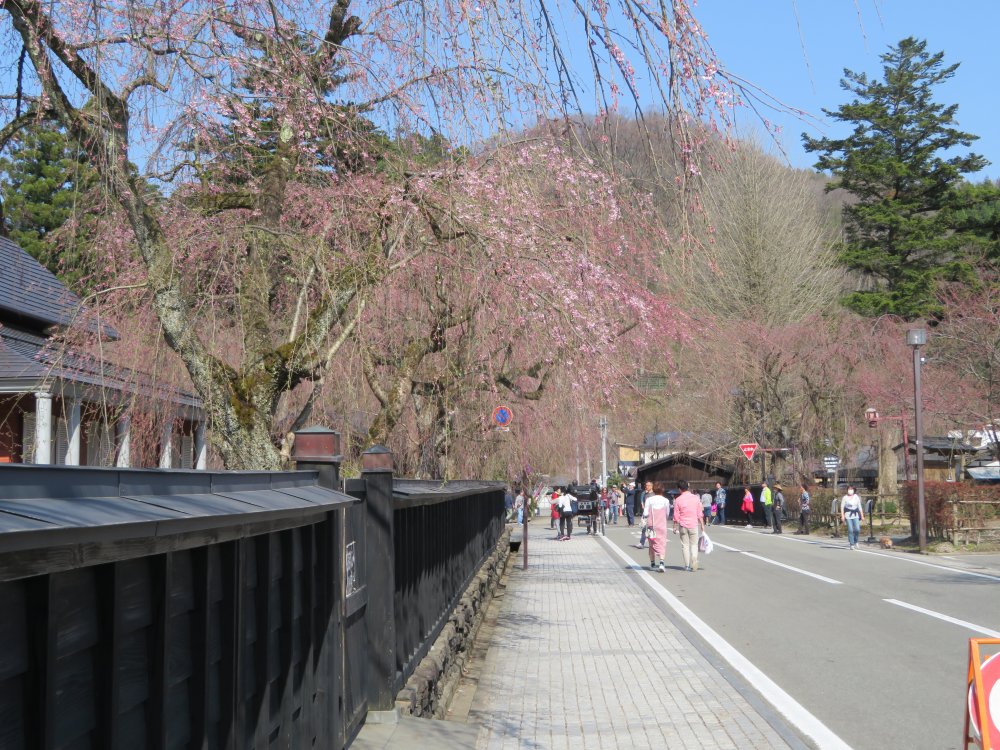
The weeping cherry trees were just starting to bloom in the samurai residence area of Kakunodate.
We visited Akita Prefecture in late April for the first time with two other couples. We had booked a hotel at Lake Tazawa as a foothold to visit Kakunodate. We had booked this day well in advance in the hope that it would coincide with the cherry blossoms. Kakunodate is famous as the Shoukyouto (little Kyoto) of Michinoku (Tohoku district) and a favorite tourist spot especially in the spring season to enjoy the weeping cherry blossoms in this historic castle town. Kakunodate as such is one of the most popular film shooting spots. We took a plane from Haneda to Akita Airport. Until now I had not known that the distance to Akita is 500 kilometers even shorter than flying to Osaka. We rented a car at the airport and drove approximately fifty kilometers north east to Kakunodate.
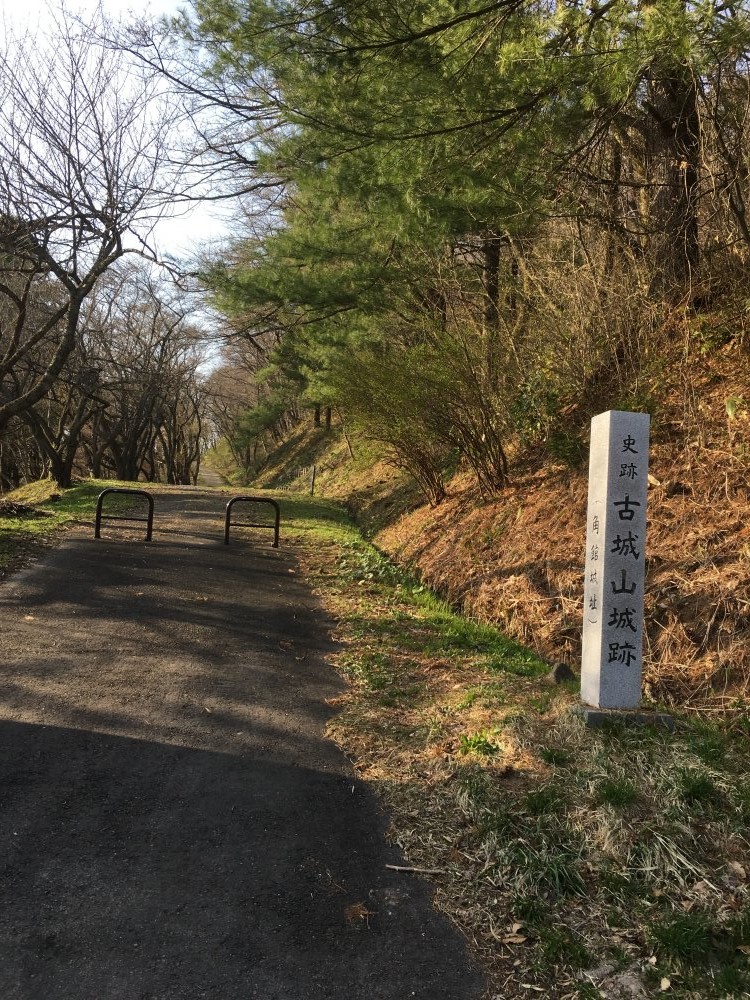
Site of the now lost Kakunodate Castle is now a park. The site is located north of the current township of Kakunodate.
In the early 17th century Yoshinobu Satake, the feudal lord of Hitachi (now Ibaraki Prefecture) was relocated to Akita. Their feudal domain was called Kubota-han and the rule of the Satake Family continued to the Meiji Restoration. Kakunodate was a small sub castle in Kubota-han and from the middle of the 17th century was governed by Satake Kita Family related to the Satake Family in Akita. Historically the township of Kakunodate existed to the north of the castle, but in the first half of the 17th century been reconstructed in the current area. In the relocation, the roads in the samurai residence area were widened as a measure to prevent the spreading of fire. Moving south from the former castle area, there is the samurai residence area, then the merchant area and finally the temple and shrine area. The first Kakunodate governor from the Satake Kita Family was Yoshichika Satake. Yoshichika was an adopted son and his real father was a noble of the imperial court in Kyoto. The wife of the second governor also came from a Kyoto noble, and it is said that she brought the weeping cherry trees as part of her dowry. This explains the resemblance of Kakunodate to Kyoto.
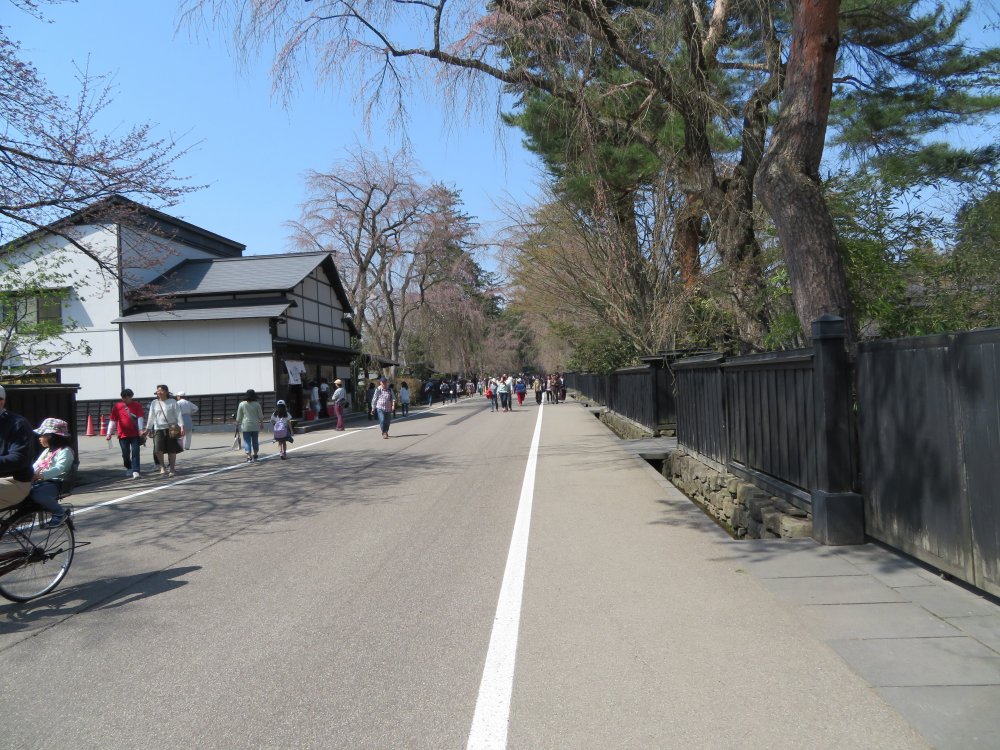
I was amazed to see so many tourists from abroad at the samurai residence area of Kakunodate.
It was noon time when we arrived in Kakunodate. The staff of the rent-a-car office had warned us to expect many tourists in Kakunodate. The cherry blossoms in Akita had just started as the temperature had climbed that weekend. His prediction was right and I was amazed to see so many tourists from abroad. One of Akita’s local cuisines is Inaniwa Udon. This is a relatively flat and thin udon noodle made from wheat flour that you usually have cold, dip in the sauce provided and eat. We went to a restaurant in the samurai residence area and noticed long queues in front of most well-known restaurants. The Cherry Blossom Festival had started, and we were advised that during that period they would only serve a handful of dishes. We ordered Inaniwa Udon, one warm and one cold. My personal view was that although the udon was ok, that the price is a bit higher than what one would expect to pay.
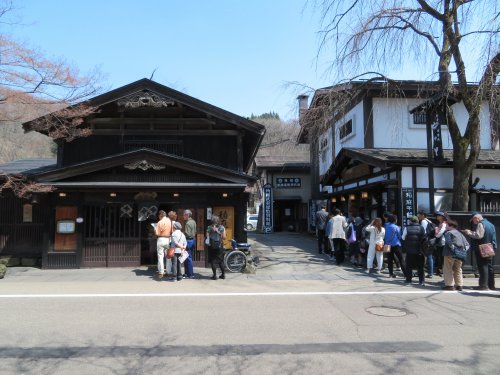
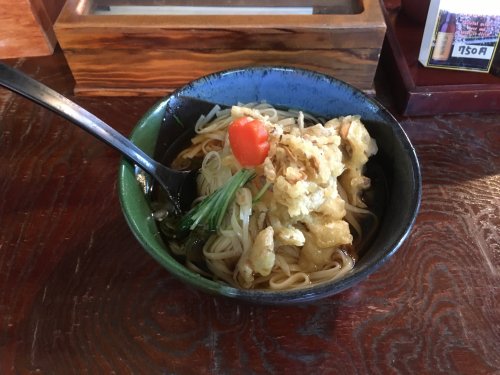
There was a long queue in front of many restaurants (left). I had a warm inaniwa udon with tempura of maitake mushroom (right).
We first visited the Samurai Residence History Museum next door. There was no one at the admission office and we were wondering if it was open when a waitress from the restaurant we had just eaten came and admitted us in. We had entered this museum to gather some advance knowledge before exploring the area as we usually do. We were let down because the displays of the museum seemed to be an assortment of mementos and letters related to the Satake Kita Family with very little description even for a Japanese resident. I don’t believe it worth overseas visitors paying the admission fee of three hundred yen that useful if at all.
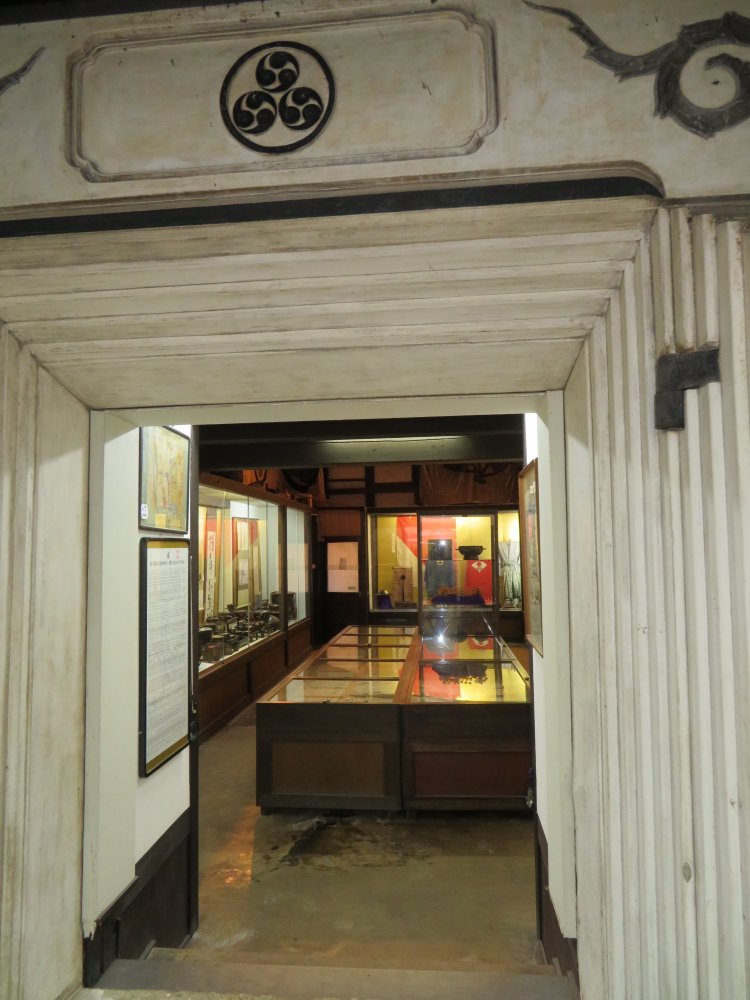
Inside the Samurai Residence History Museum. The museum is in a converted warehouse displaying the objects it housed.
From there we decided to head to the northern end, then south to explore
first the samurai residential area followed by a visit to the merchant
and temple area further south. Although the weeping cherry trees seemed
just about to bloom in the warm weather, it appeared we had arrived slightly
too early.
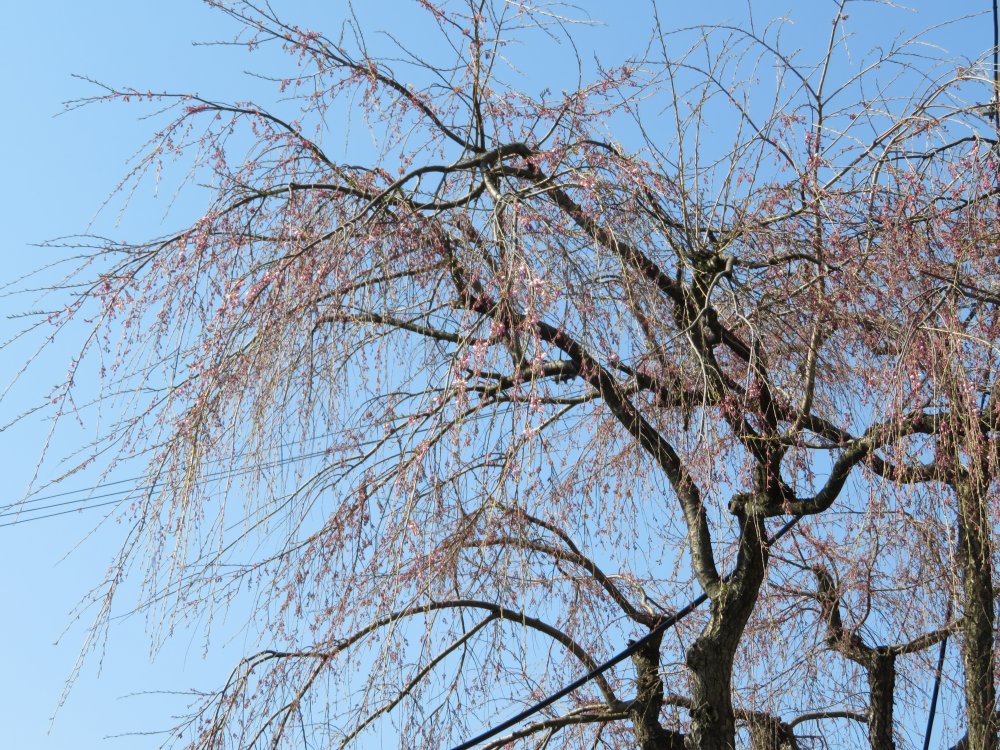
Although the weeping cherry trees seemed just about to bloom in the warm weather, it appeared we had arrived slightly too early.
There are many samurai residences that are open to the public. Some are free and at some an admission fee is required. We entered one large Aoyagi Family residence. The admission fee is five hundred yen. The Aoyagi Family was a high ranking subordinate of the Satake Kita governors as can be easily recognized by their vast residence composed of numerous buildings and warehouses.
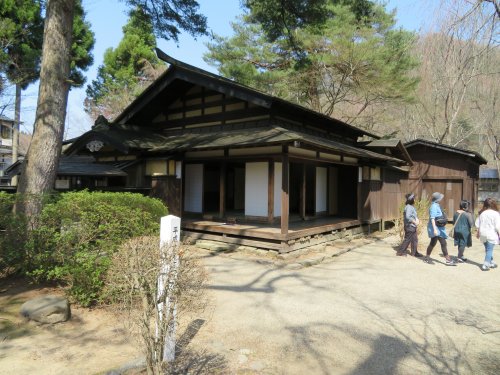
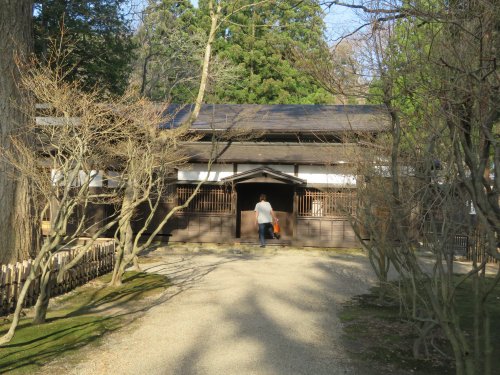
Some samurai residences such as the Iwahashi Family's (left) and Odano Family's are open to the public for free.
The entrance gate is a type called Yakushimon. This is a particularly grand entrance gate characterized by four pillars and a roof with a side entrance by the main entrance. Yakushimon literally means doctor’s gate. Some say the name came from the side gate that would admit doctors in even when the main gate was closed. I understand the Aoyagi Family was given permission from the governor to build a Yakushimon as their entrance gate. We entered the gate, paid the admission fee and entered the main building just in front. The interior of the main building is a bit spacious and elegantly decorated that you would expect of a mid to high class ranking samurai residence. We noted with interest that the armory was annexed to the main building and guessed that it was to allow the samurais to pick up their armory without going out in the snow during the snow season.
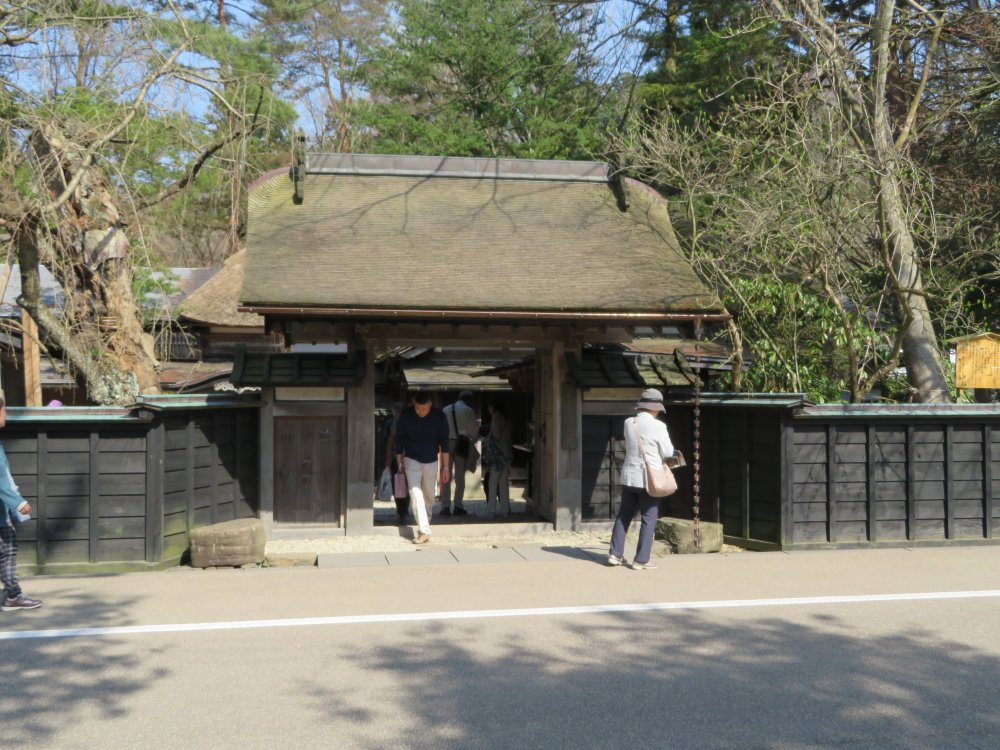
Aoyagi Family was given permission from the governor to build a Yakushimon as their entrance gate.
Following this there are many warehouses converted into museums and gift shops worth browsing. One warehouse is attributed to Naotake Onoda, who was a samurai artist that did the illustration of Kaitaishinsho, the first medical text on anatomy translated in Japanese from Dutch in the late 18th century. I had known the translators Genpaku Sugita and RyoutakuMaeno, but never heard of the illustrator till now. I learned that Naotake was a great artist combining traditional Japanese art with western art, creating a new Akita school. Unfortunately he died young at the age of thirty. There was a statue of Naotake in the garden. They also offer rental kimono here at 4,000 yen I understand.
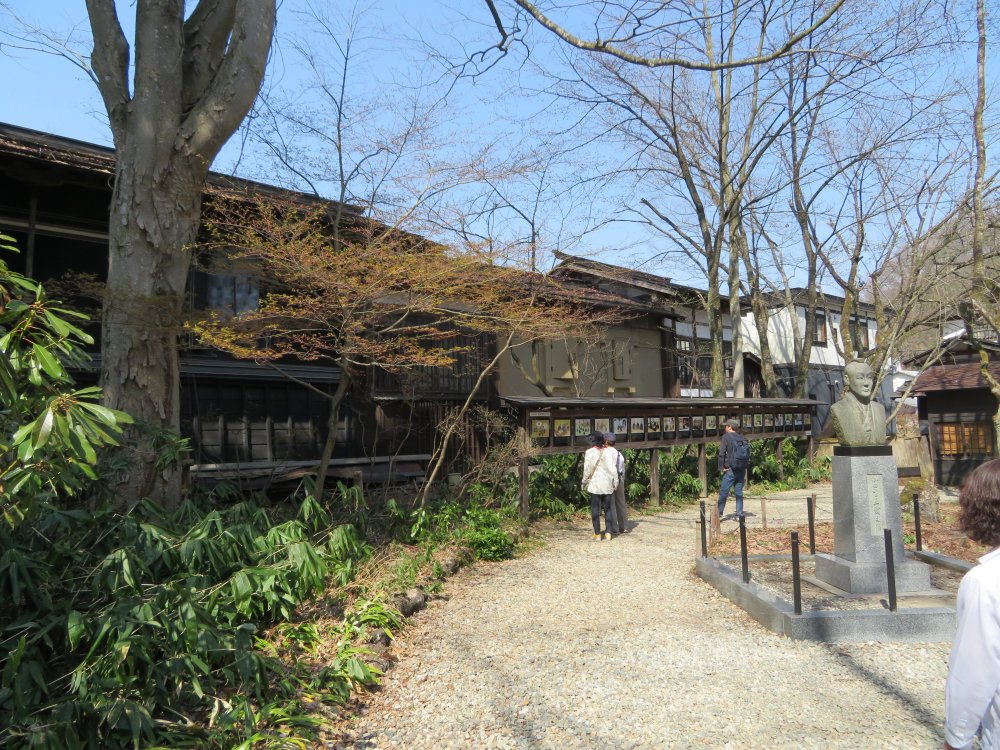
There was a statue of Naotake in the middle garden of Aoyagi Family's vast manor house.
It was a warm day and we noticed more weeping cherry trees starting to bloom. After exploring a few more samurai residences, we went further south to visit the merchant and temple area. We first visited Ryouneiji Temple of the zen Soutou sect, which is in the north eastern section of the area. Here I need to talk briefly of the Ashina Family. The Ashina family was a prominent feudal lord of Aizu, but left Aizu after being defeated by another powerful lord Masamune Date from Sendai. They fled to Hitachi where they were protected by the SatakeFamily and for a while became the lord of Edozaki. When the Satake Family was relocated to Akita, the Ashina Family were also ordered to move to Akita, where they were given a small domain in the Kakunodate area as a subordinate of the Satake Family. It was during the reign of the first Ashina lord in Kakunodate, Yoshikatsu, that the township was relocated in its current shape and location. The rule of the Ashina Family of Kakunodate was short lived and was taken over by the Satake Kita Family in the latter half of the 16th century when there was no Ashina heir left to succeed.Ryouneiji was originally in Aizu, but was restarted in Kakunodate upon Yoshikatsu’s relocation and hosts the graves of the Kakunodate Ashina Family. The grand entrance gate is quite old and thought to have originally belonged to the now lost Kakunodate Castle.
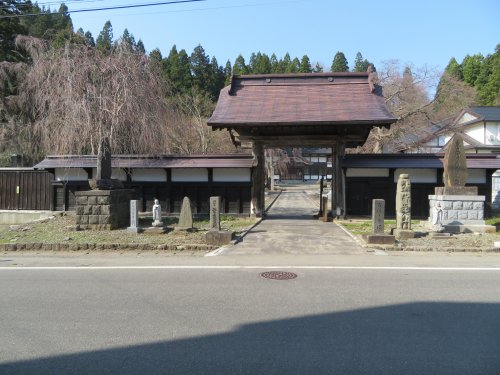
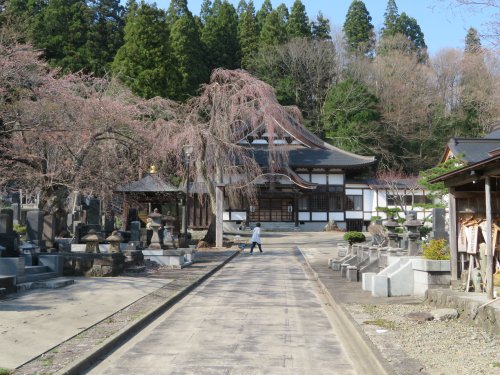
(left) The grand entrance gate is quite old and thought to have originally belonged to the now lost Kakunodate Castle. (right) The main temple building of Ryouneiji Temple.
Following Ryouneiji Temple, we went to the merchant area called Tomachi (outer town) located immediately south of the samurai residence area. We noticed that the roads were narrower than the samurai area and that although there were many warehouse buildings, only a handful seemed to be well maintained. It is only the samurai residence area that has been designated as one of the earliest Important Preservation District for Groups of Historic Buildings in 1976. We explored one of the larger merchant stores, Nishinomiya. This is a group of main building and five warehouses apart from each other. The original buildings were relatively new, built in the Meiji to Taishou era. They have been transformed to gift shops and restaurants.
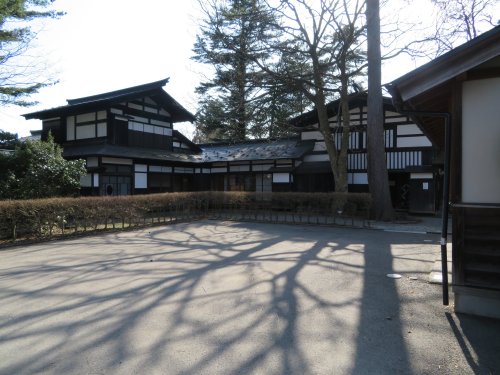
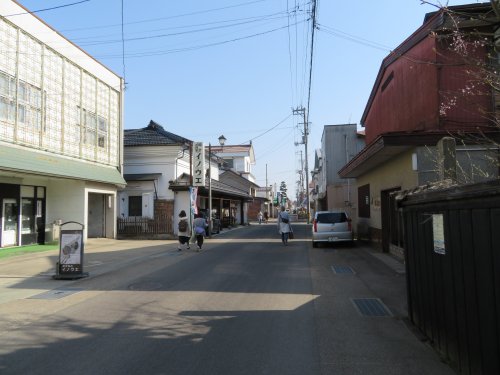
The vast warehouses of Nishinomiya Family entering from the back road (left) The high street seems quite modernized (right).
We also visited the Tomachi History Museum, which originally belonged to the Tatetsu Family. The museum displaying household goods used by the family is in a warehouse annexed to the back of the main building facing the main road. Admission is free and certainly worth a visit.
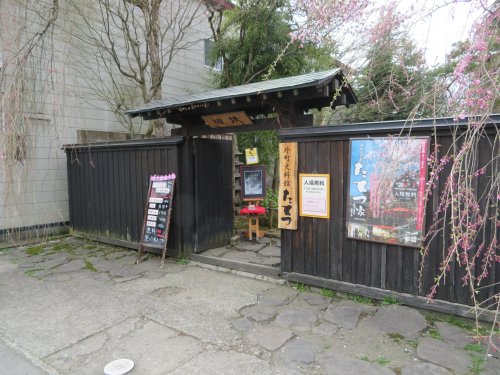
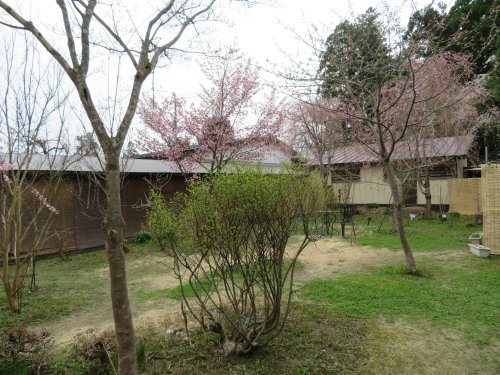
Contrary to large caverns most of the route is a very narrow path that you can just squeeze through.
The gift shop offers a wide selection of local goods. I bought some 180 milliliter bottles of local sake to taste at the hotel. When I looked for some more sake brands at a sake shop offering sake tasting, the same sake I had bought at the gift shop was being sold at a higher price. So I guess the gift shop is a good place to shop. There is a local craft shop displaying wooden ornaments made from cherry barks which is a specialty of Kakunodate.
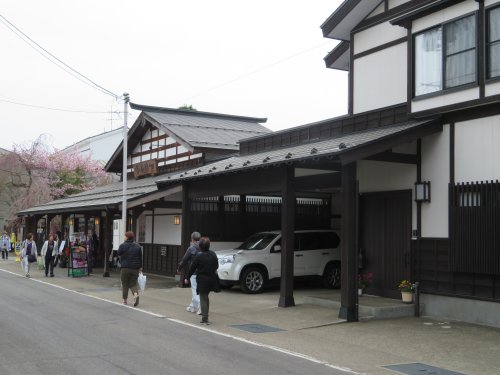
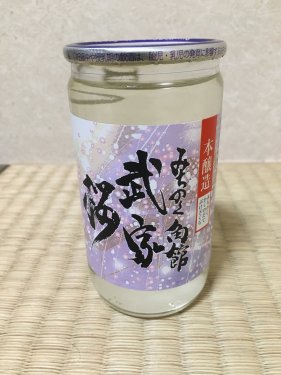
The I guess the gift shop is a good place to shop (left). The one cuo bottle of local sake I bought (right). The sake is really Hideyoshi (a local sake brewery) honjouzou which was dry and very good.
We also visited Joukouin, a Buddhist temple of the zen Soutou sect founded in the 15th century. This is where the graves of the Satake Kita Family is as well as those that lost their lives in support of the Satake Kita Family in the Boshin War, finally defeating the supporters of the Tokugawas in the Tohoku region.
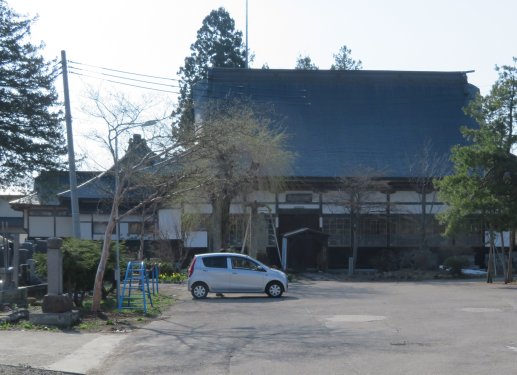
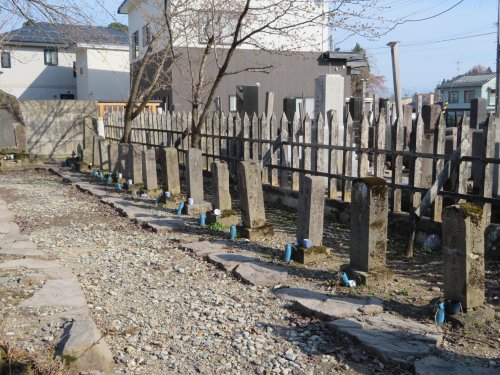
It’s really difficult to get a feel of the gigantic size of this natural bridge over the river, looking up from the river bank below.
Next to Joukouin is Yakushidou, a Buddhist shrine worshipped by locals as the supporter of festivals. We left Kakunodate for our hotel in Lake Tazawa. We thought we had to come back in the following days as we were confident that the weeping cherry trees would then be in full bloom.
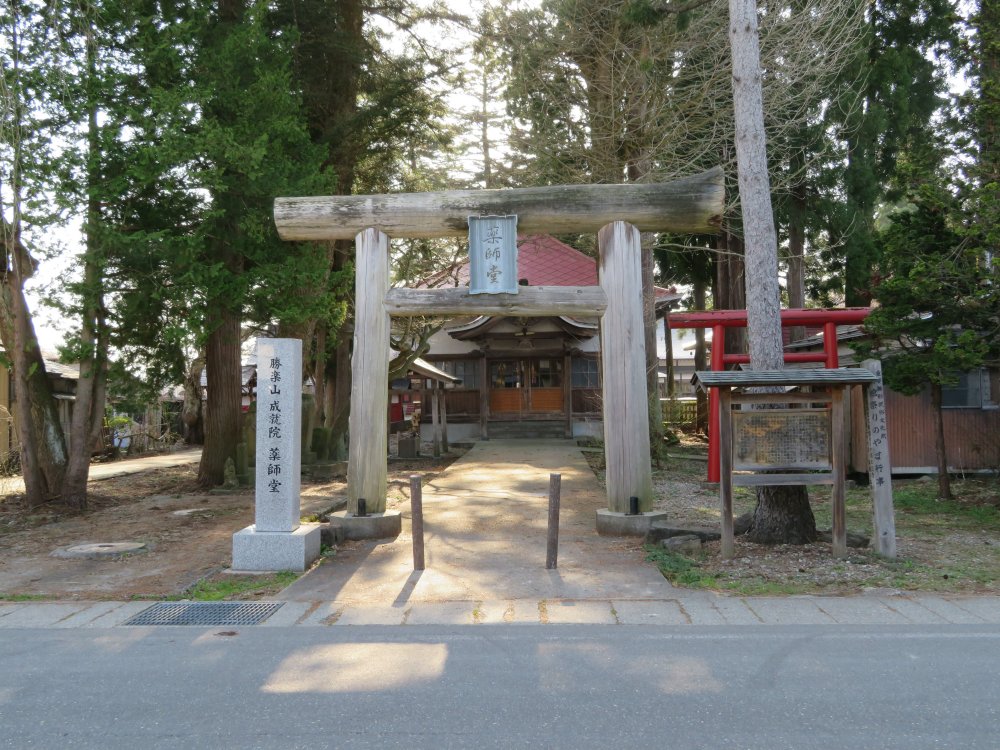
Yakushidou, a Buddhist shrine worshipped by locals as the supporter of festivals.